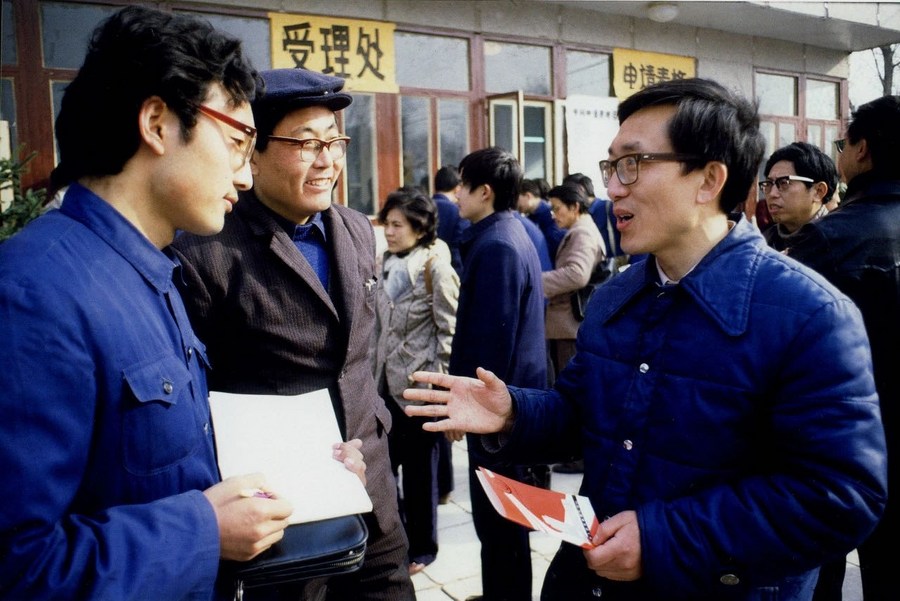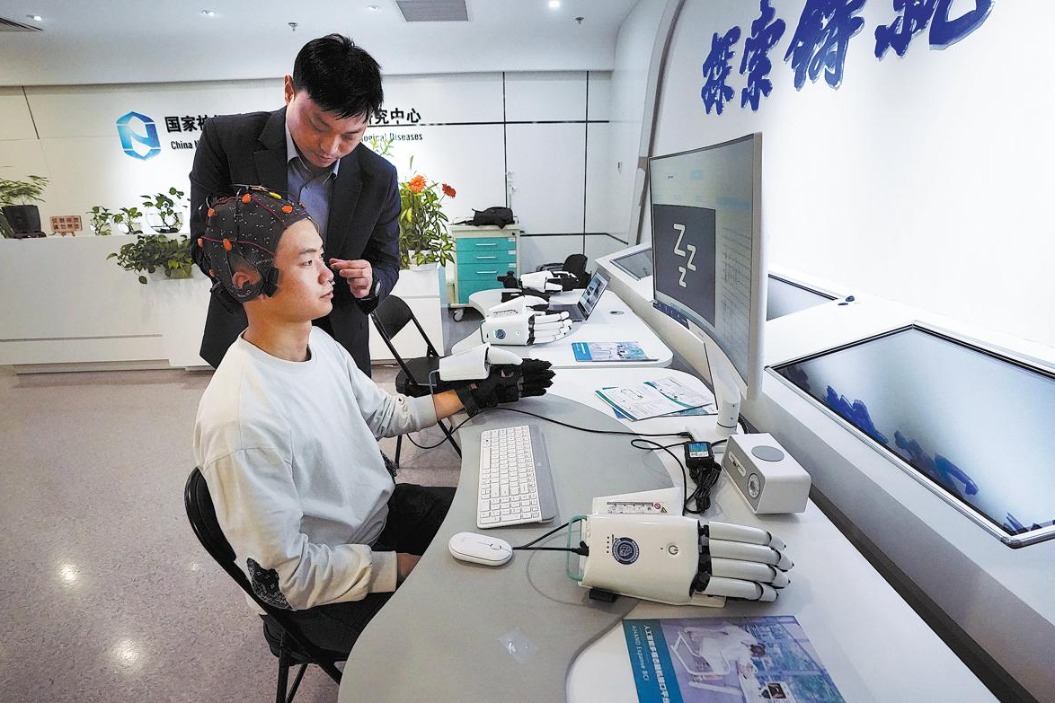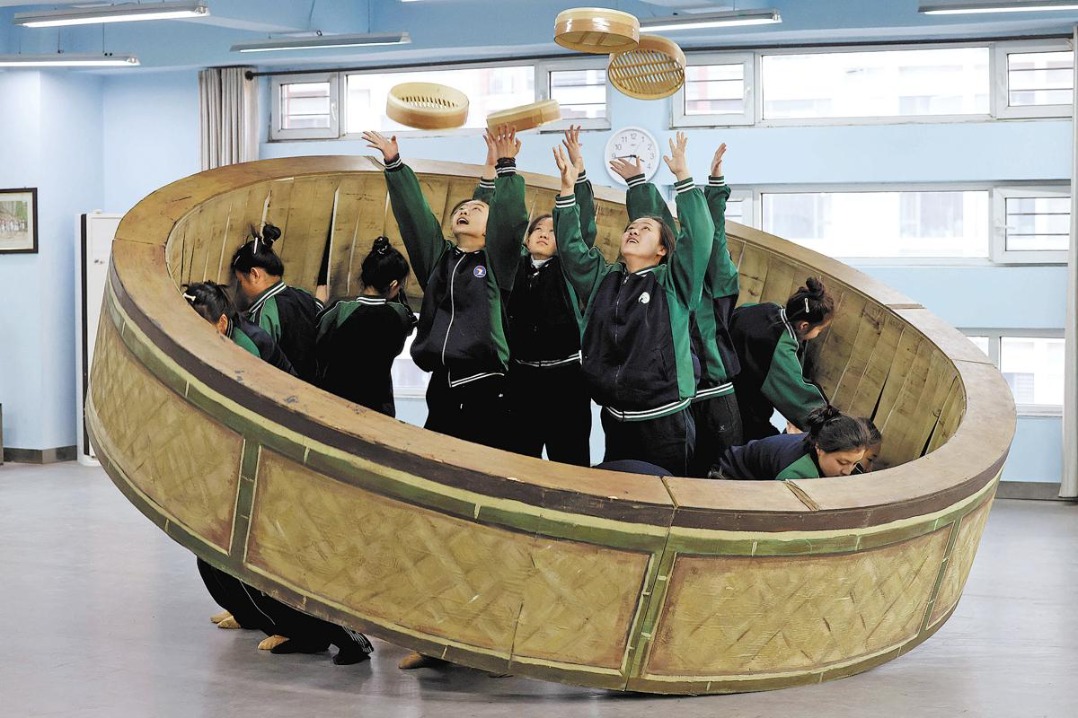Patent law revolution: China's 40-year journey from adaptation to advancement


The first two revisions in 1992 and 2000, including extensions to the patent term and scope, were aimed at "serving the socialist market economy and meeting WTO requirements ahead of China's accession," said Wang Qi, an IP law scholar at Beijing Technology and Business University.
By then, IP negotiations between China and the United States had dominated headlines, and the country was under intense stress from combating infringements and counterfeits.
But it was also a time when Chinese people were gaining a preliminary awareness and understanding of IP concepts — seminars, presentations and training programs on IP were organized across the country.
In 1994, China joined the Patent Cooperation Treaty under the World Intellectual Property Organization, engaging more deeply with the international system.
It seems like a period of adolescence, filled with both pain and growth. In 2000, the number of patent applications in China reached a milestone of one million.
"In the early years after the law was enacted, most clients were multinational corporations," recalled Long Chuanhong, head of the CCPIT Patent and Trademark Law Office, the oldest Chinese IP law firm.
After China acceded to the WTO in 2001, Chinese enterprises began prioritizing innovation, resulting in a surge in domestic patent applications and explosive growth of the patent agency industry, the IP attorney said in a report on China IP News.
























